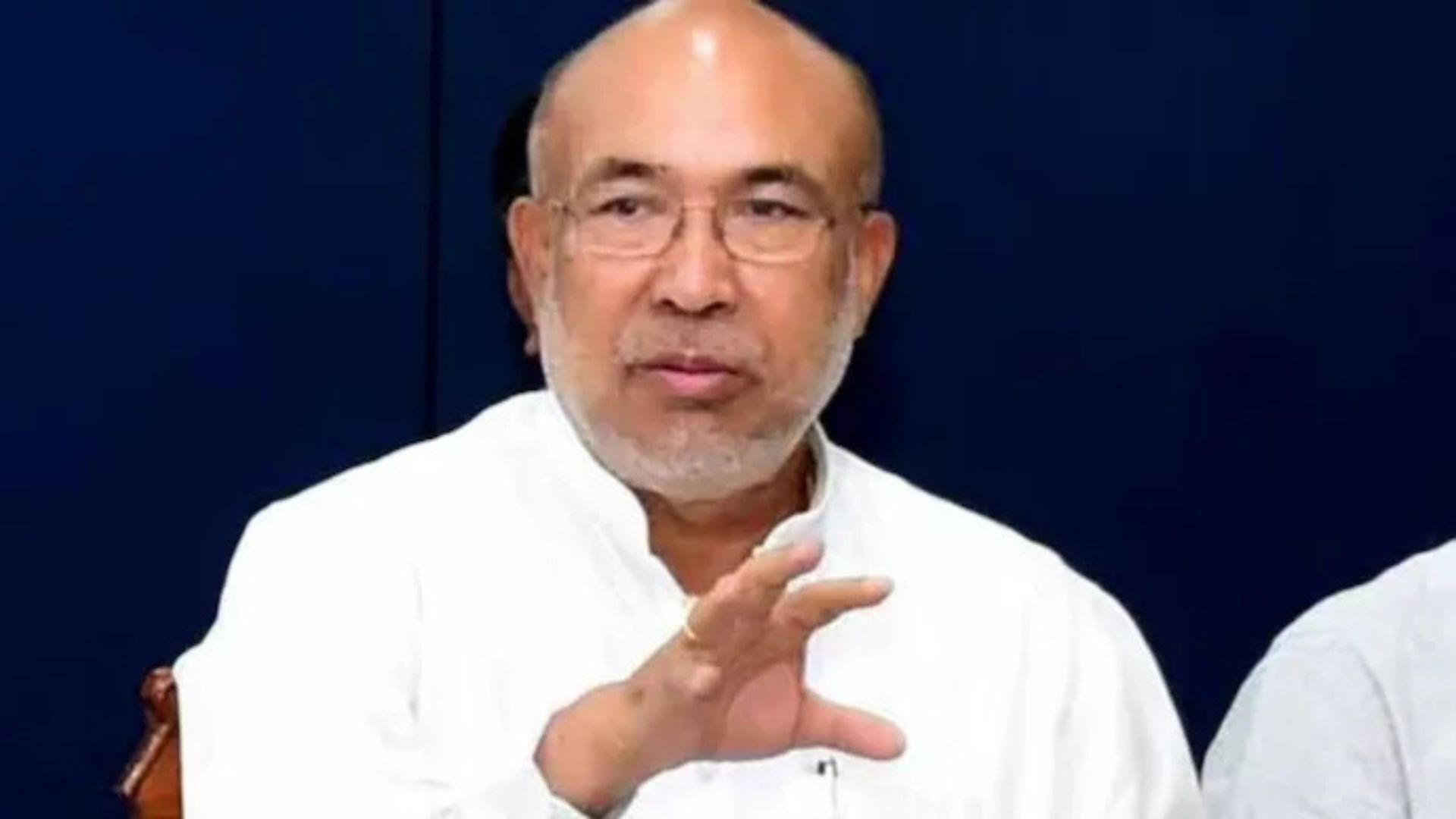
India has the third-largest military in the world and is the sixth-largest spender on defense. However, at around USD 70.2 billion, the defense budget is much lower than the USD 750 billion incurred by the US and the USD 237 billion incurred by China during the current fiscal year. Defense expenditure by India has been showing a rising trend of 8–10% per annum since the last decade. , , The defense expenditure in all heads was around USD 47.22 billion in 2013-14, approximately 1.79 percent of GDP, and 12.23% of total government expenditures in the financial year, whereas the expenditure has climbed up to INR 5.25 trillion (USD 70.2 billion) during the current financial year 2022–23. This amount is around 13.33% of total government expenditures and just 2.04% of the estimated GDP. The allocation to the defense budget is under two important major headings: revenue and current expenditures. Expenditure under the Revenue head comprises military pay and allowances, inclusive of civil defense, employees from ordnance, factories, and other defense establishments. Capital spending helps to pay for the purchase of arms, ammunition, and weaponry, as well as the construction of infrastructure. , , The revenue allocation for defense pay allowances and pensions amounts to almost 65% of the total defense budget. The major share of revenue funds goes towards payment of salaries and pensions to civil defense employees, including those in ordnance factories, as they serve for longer durations with time-bound promotions and a hike in status. , , Since ordnance factories were converted into government-owned public companies, the liabilities for their salaries are no longer included in the defense budget. However, their pension will continue to be paid from the defense budget. The category of civil defense employees should be delinked and merged with DOPT and placed under a fixed period of deputation to the ministry of defense or their services should be outsourced, which is feasible without compromising the security umbrella. It is recommended that these pensions be decoupled from the defense budget and placed in the general budget. These measures will definitely reduce revenue liabilities and will provide additional funds in the current account for the purpose of modernization. , The gradual implementation of the Agniveer enrolment scheme will further reduce the rate and share of pay and allowances for uniformed defense personnel, reducing their share of the total defense budget to less than 40% in the future, though Capital, Expenditure has risen from 9% of total defense spending in 1980 to 33% in the current fiscal year, with a significant increase in 1980. Given the recent average rate of inflation of around 7%, as well as the growing need for the maintenance of existing as-is sets, the gradual replacement of older and phasing out of equipment, and the need for continuous modernization, the increased budget allocation to the ministry of defense has invariably been far below the armed forces’ expectations. , , Furthermore, the current trend of allocating funds in the current head is highly insufficient and requires an immediate increase in budget and allocation to meet the need to maintain the sustain-, able pace of adopting the latest technology and qualitative and quantitative augmenta-, tion of forces in order to achieve a cutting edge to counter the increased threat from China and Pakistan from land, aerial, space, or maritime fronts. , , During the fiscal year 2022-23, domestic industries received 68 percent of the capital procurement budget. It is expected that an increase in the capital head should be linked with a pro-rata hike of up to 80 percent for domestic industries. The base of stakeholders in domestic industries should be expanded further to boost “Atma Nirbhar Bharat.” There is ample scope to achieve a higher contribution of at least 90%,, Indianization in the field of procurement and adoption of advanced technology in the,, sub-branches of communication, UAV, transport,, consumable ordnance, laser devices, and especially in the domain of armed forces and medical services, where the share of Indianization is far below the expected line despite the fact that India has,, attained nearly the same standard of equipment and deviance. Procurement in the above-mentioned field must be included in the import list. This will save and provide a significant amount of money for redirected use. , , There is a definite need to adopt tax reforms to accelerate the process of Indianization and support the defense sector. Major tax reforms in the form of rational liberalization in the GST and complete tax holidays for more than 10 years should be considered. The government must accelerate infrastructure development in the defense corridor to improve transportation, communication, and power. We should build a few more defense corridors connecting the countries’ western, northern, and northeastern regions. Since defense technologies are highly complex and require time-consuming research and development processes, an increase in FDI of 74% is expected in the budget this year. However, an increase in FDI must be linked to the essentiality of complete technology transfer, including the futuristic upgrading process, and continued training for up to 15 years after the release of the initial production lineup of arms and weaponry. Foreign companies must engage with, and develop new offshoots from, domestic industries. Though ordnance factories have been converted into government-owned public companies, a budget provision should be made to retain their valuable land and other assets in case of disinvestment, so that these assets may be effectively utilized in the future to develop research and production facilities in collaboration with other government or nongovernment organizations. There is a need for a “quantum jump” in defense and R&D budgetary allocations while keeping an eye on the rapid advancement of technology, particularly in the fields of aerospace, submarine, marine, UAV, cyber, and artificial intelligence. As a result, the concept and scope of defense research must be expanded, as well as affiliation with other stakeholder organizations in the same field. , , Till now, the military doctrine of India has been Pakistan- and China-centric, to safeguard the territorial boundaries of the nation as a preemptive defense. With the changing scenario and the growing influence of trade, the security of financial assets from threats posed by space and cyber technology has broadened the spectrum of defense forces’ responsibilities. India must transform its forces into ultra-modern futuristic forces in order to discharge duties in a new light. Hence, the government must consider allocating at least 2% of GDP exclusively under the capital heading of the defense budget so that the desired outcome may be achieved in the fields of modernization, research, and development of the armed forces. Major General J.K.S. Parihar, Sena Medal, Bar to Vishisht, Seva Medal (Retd. ), is the former Additional Director General, AFMS, and an expert on defense, fence, and international strategy.















